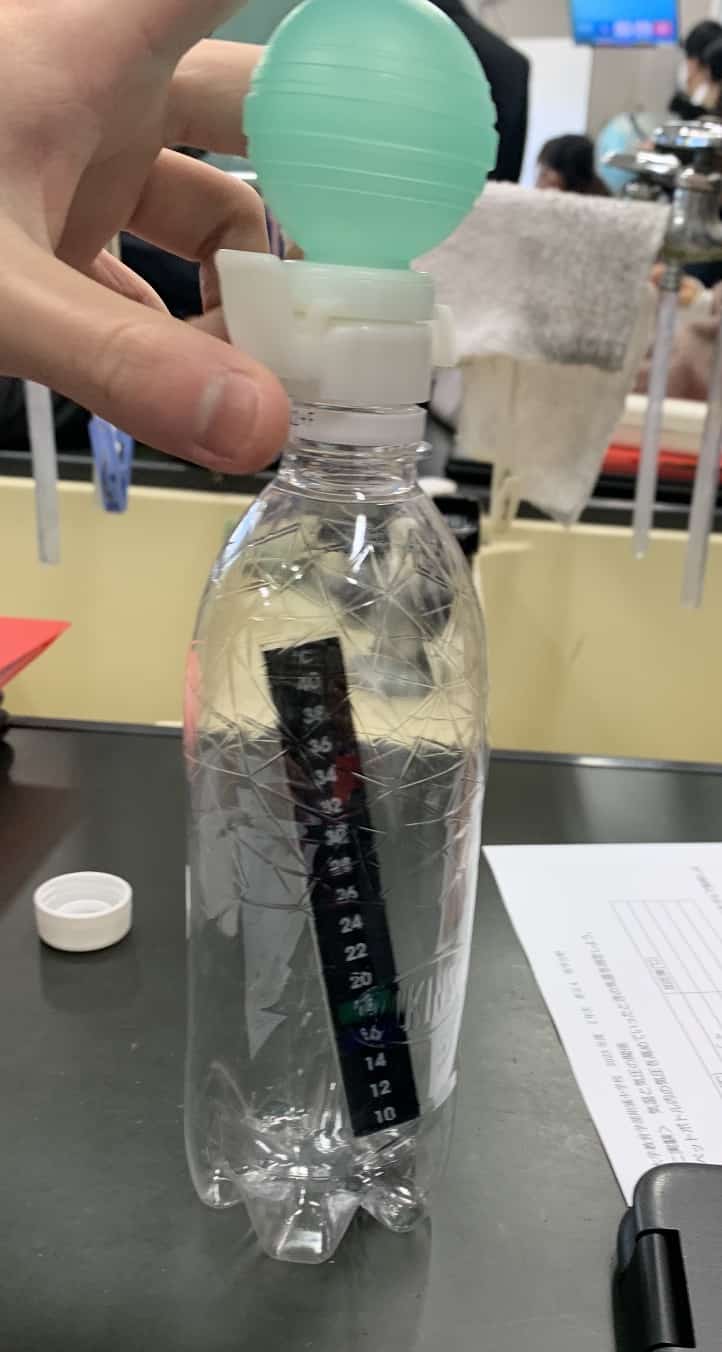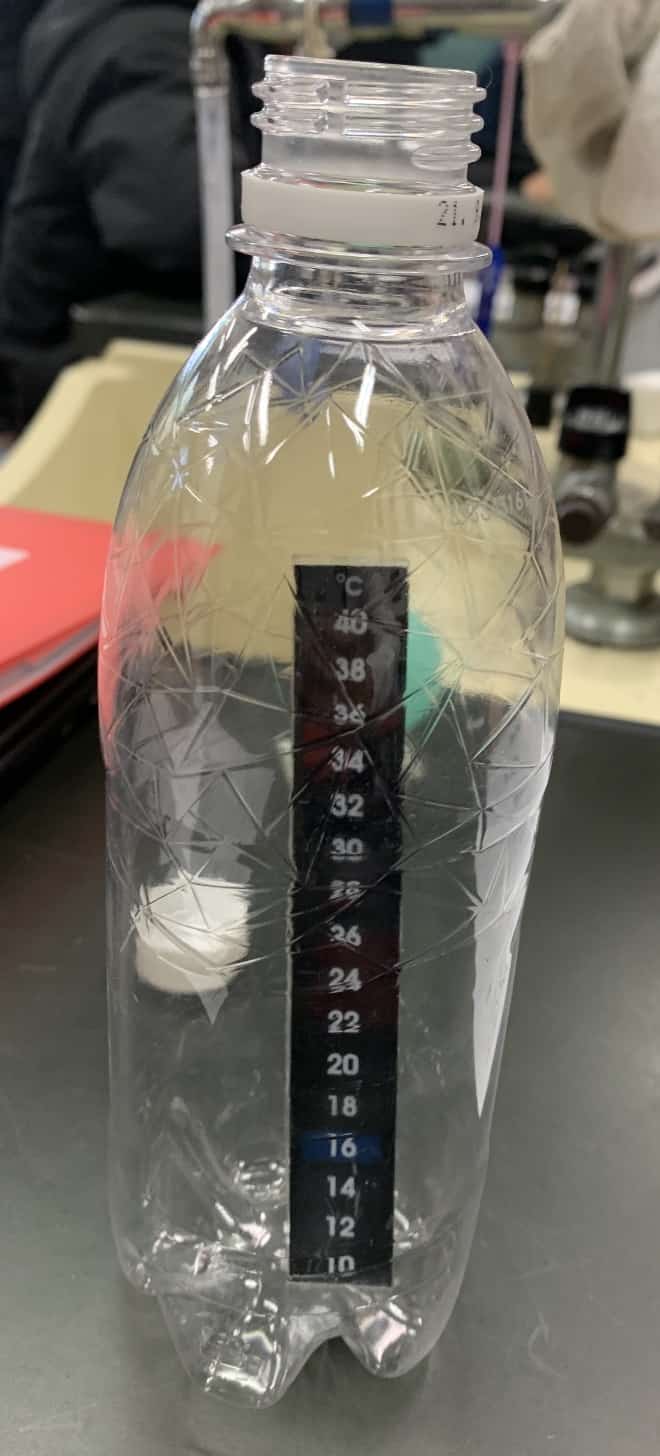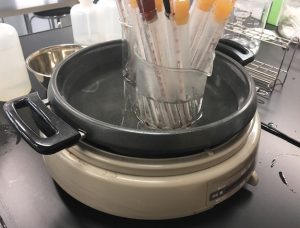The Science of Fizz: How Your Soda Pump Proves You Can Make Heat from Air.
Hi, I’m Ken Kuwako, your Science Trainer. Every day is an experiment.
Carbonated drinks are delicious any time, but haven’t you been disappointed when leftover soda goes flat and turns into “just sweet water”? That’s where the gadget we’re introducing today, the “Soda Fresh,” comes in handy. In class, we affectionately call it “Shuposhupo-kun” (the ‘pump-pump guy’), but its original purpose is a convenient tool to pump air into the bottle, increase the pressure, and prevent the carbonation from escaping.
It turns out that this isn’t just a kitchen gadget—it’s also the perfect piece of experimental equipment for learning about the relationship between air and heat!

Tips for Use and a Quick Warning
Using it is super simple. Just attach it to the mouth of the plastic bottle and press the pump on top—shuposhupo! However, be careful not to get too carried away and pump too much air; the rubber components may not withstand the pressure and could break. Keep this in mind!

By the way, you can find similar products at 100-yen shops (dollar stores), but if you plan to use it repeatedly for experiments or keep it for a long time, I recommend buying a slightly more robust model. Cheaper versions often have weak plastic and rubber and tend to break quickly.
Does Pumping Air Increase the Temperature? The Mystery of Adiabatic Compression
Now for the science lesson. When you use this pump to squeeze air tightly into the plastic bottle, what do you think happens to the temperature inside? When we actually tested this with students in the classroom, we observed the temperature rise by about 2-3°C from room temperature!

“Only a few degrees?” you might think, but this is a very important phenomenon. When air (a gas) is forcibly compressed, it generates heat. In physics, this is called “Adiabatic Compression.” It’s proof that the energy from the work we put into pumping has been converted into “thermal energy,” which causes the air molecules inside to move violently.
Can Air Power Actually Start a Fire?!
If you thought a 2-3°C change was unimpressive, think again. If you maximize this principle of “compressing air to generate heat,” you can actually burn paper without using fire!
I summarized an astonishing experiment (the fire piston) that uses this exact mechanism to ignite fuel instantly without a flame in this article. I highly encourage you to see the true power of “air heat” for yourself.
Inquiries and Services
Make the wonders and fun of science more accessible! We provide easy-to-understand explanations of fun science experiments you can do at home, along with tips and tricks. Feel free to search around! *The contents of this science blog have been published in a book. Find out more here *About the Author, Ken Kuwako, click here *For Inquiries (Writing, Lectures, Experiment Workshops, TV Supervision/Appearances, etc.), click here *Article updates are available on X!
![]() We post experiment videos on the Science Topics Channel!
We post experiment videos on the Science Topics Channel!


